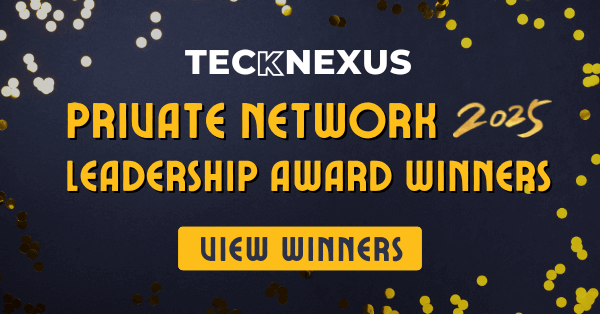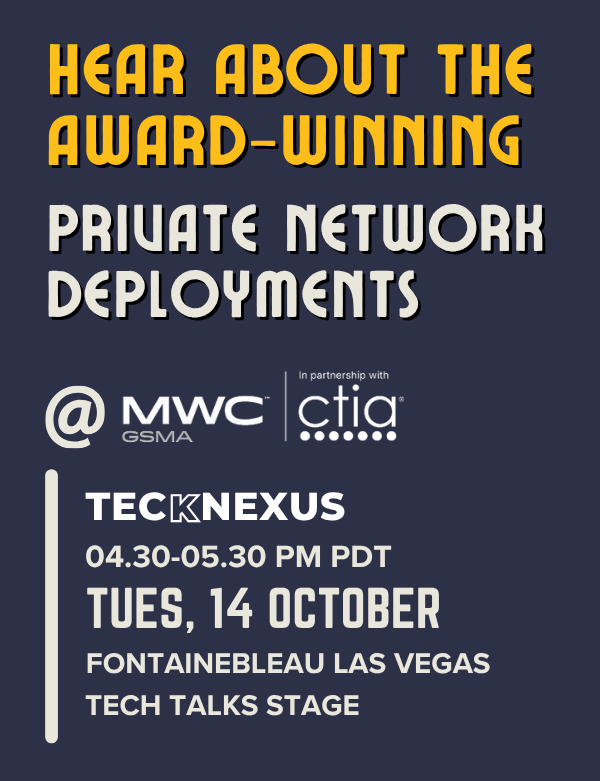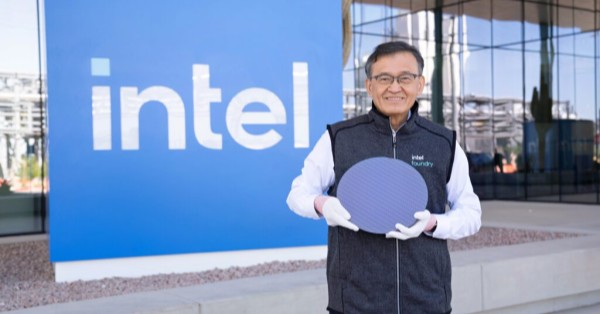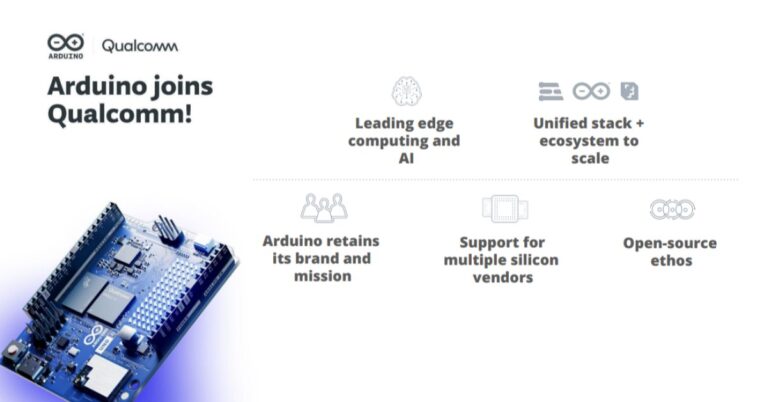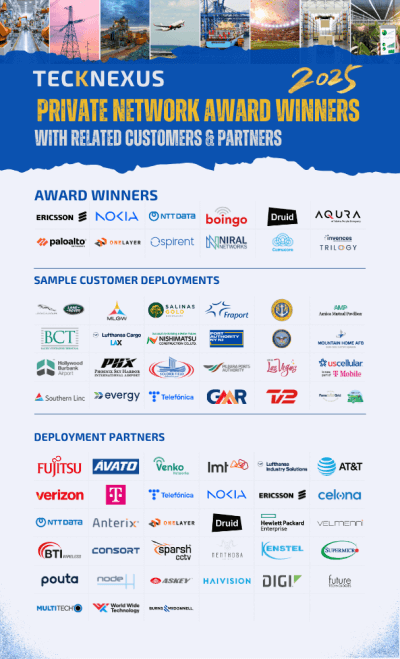A new report on the use of generative AI in banking finds that financial services leads other industries in implementing the technology. A recent survey found that 17% of banking leaders have fully integrated GenAI into their regular processes. Further, 3 in 5 currently use GenAI to some degree – and nearly all the rest plan to begin soon. Obstacles remain, led by data privacy and security concerns. But the study confirmed that banks are already realizing GenAI gains across the business.
How does banking stack up to other sectors in the use and adoption of GenAI? Dive in at SAS.com/genai-banking.The report, Your journey to a GenAI future: A strategic path to success in banking, is based on findings from a global, cross-industry survey by data and AI leader SAS and Coleman Parkes Research. Among 1,600 business leaders surveyed in 20 countries, 243 were senior banking execs who are decision-makers on their organization’s GenAI strategy. Their insights offer an insider’s look at how banks are implementing GenAI, their biggest challenges, and how banking compares to industries like insurance, the public sector, health care, manufacturing, retail and more.
“GenAI is obviously a major trend across sectors right now, but maybe most significantly in financial services,” said Alex Kwiatkowski, Director of Global Financial Services at SAS. “Our survey found that banks, along with insurers, are currently using GenAI at higher rates than other industries. Among the many benefits early adopters are seeing, one of the most oft-cited by banking leaders is in risk management and compliance, where nearly nine in 10 reported improvements after deploying GenAI.”
Banks are all in on AI, with the budgets to prove itThe interest rates on savings accounts and loan applications may be ticking downward, but banks’ interest in generative AI is as high as ever. In fact, it’s nearly unanimous, with 98% of banking respondents either already using GenAI (60%, tied with insurance for the highest adoption rate) or planning to do so within the next two years (38%). And it’s not just talk: 90% said they have a dedicated GenAI budget for the coming year.
Beyond the 17% of banking leaders who reported fully implementing GenAI into their business processes, another 43% indicated they are experimenting with the technology at the enterprise level. Six in 10 said they have deployed at least one GenAI use case to date – the highest of any industry.
Banks are also using GenAI across departments and business functions. Compared with cross-industry averages, banks use GenAI at a higher rate in marketing (47%), IT (39%), sales (36%), finance (35%) and customer service (24%).
“GenAI technology is a double-edged sword for banks, as it has been weaponized by criminals to commit fraud faster than banks can adopt GenAI to protect their customers,” said Stu Bradley, Senior Vice President of Risk, Fraud and Compliance Solutions at SAS. “But better anti-fraud safeguards are just one of many potential advantages awaiting firms that take the GenAI leap. In fact, leaders on the first wave of GenAI implementation are seeing early returns on their investments in many areas of the bank.”
GenAI is already paying dividends in bankingThe benefits from GenAI in banking aren’t just aspirational; they’re already happening, particularly in banks’ internal processes. Among bank leaders that have integrated GenAI, huge majorities are seeing gains in:
Employee experience and satisfaction (90%).Risk management and compliance (88%).Time savings and reduced operational costs (85%).In addition, more than three-quarters reported improvements in customer satisfaction and retention (82%); efficiency in processing large data sets (78%); and sales or market share from data-driven insights (76%).
Marketing emerged as the most common area for banks to use GenAI, cited by 47% of banking leaders polled. A related SAS study, based on a separate survey of marketing professionals, found that banking marketers most frequently use GenAI for customer interactions (44%) and generating written copy (33%). They also plan to expand its use within the next year to audience targeting (64%) and trend analysis (64%).
Banking, like other industries, faces obstacles to GenAI successLike many investments, GenAI does involve a degree of risk and uncertainty. Banking leaders’ foremost concerns involve protecting the privacy (74%) and security (71%) of their – and their customers’ – data. One potential solution? Synthetic data. Nearly one-third (29%) is already using this form of GenAI, and another 33% said they are actively considering it.
Implementation challenges are another obstacle facing the banking industry. Over half (54%) said that using public and proprietary data sets has been, or likely will be, an obstacle to implementing GenAI. And nearly as many (49%) said they are experiencing challenges moving GenAI from conceptual to practical.
Finally, banking leaders also worry about GenAI governance and regulation. Only 6% of those surveyed said their current governance framework is “well-established.” Most (58%) indicated that their frameworks are “in development” – but more than a third viewed theirs as either “ad hoc or informal” (27%) or “non-existent” (9%). The biggest hurdles to implementing effective governance and monitoring? Almost one-third (30%) cited technological limitations. Another 30% pointed to lack of transparency and accountability, a number that’s slightly higher than other industries.
“GenAI is changing the world of banking in ways that were previously unimaginable – and at astonishing speed,” said Kwiatkowski. “There is no shortcutting AI governance in banking or any industry. Trustworthy AI requires a foundation of human centricity, and it must embody the other core tenets of responsible innovation – inclusivity, transparency and accountability among them.”
Dig deeper into GenAI insights, in-person or onlineToday’s announcement was made during Money20/20, branded the largest global fintech event enabling payments and finserv innovation, convening in Las Vegas, Oct. 27 – 30. Attendees are invited to engage with SAS experts on GenAI and other topics throughout the conference at Booth 3703. To explore additional findings from SAS’ global GenAI study, download the banking report at SAS.com/genai-banking and check out SAS’ interactive GenAI data dashboard.





